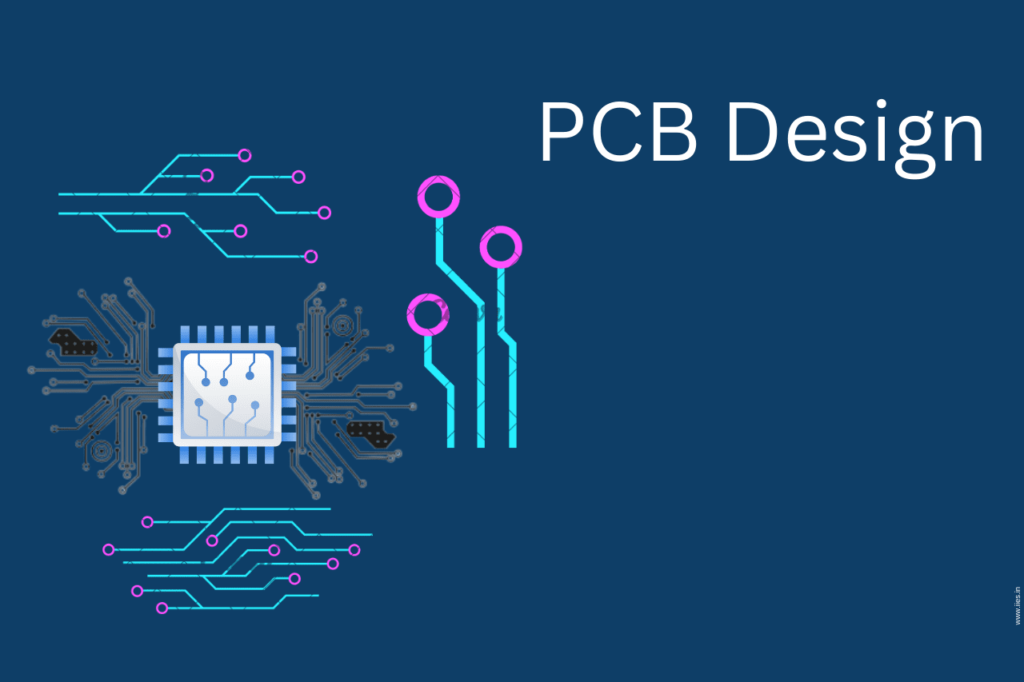Learn Professional PCB Design and Embedded Systems Skills
The PCB Design Crash Course at IIES is designed for students, engineers, and electronics enthusiasts who want to master the art of printed circuit board (PCB) design. In just 10 days, you will learn how to design, simulate, and fabricate PCBs used in embedded systems and modern electronic devices.
PCB design is at the heart of every electronic device from smartphones to industrial machines. Without well designed PCBs, no electronic circuit can perform efficiently. This course helps you build that essential skill with hands-on practice and professional guidance.

Printed Circuit Boards connect and communicate between various components in a system. They make electronic designs compact, reliable, and resistant to damage or tampering. Whether you’re an aspiring electronics engineer or want to build a strong base for your embedded systems course, mastering PCB design is essential to success in today’s electronics industry.
Course Name: PCB Design Crash Course
Duration: 10 Days (4 hours/day – Total 40 hours)
Assessment: Pre- and Post-Evaluation
Project: Yes (Hands-on PCB Project)
Certification: Yes (Course Completion Certificate)
Prerequisite: Basic knowledge of PCB concepts
This crash course provides a complete foundation in PCB Design from schematic creation to layout, routing, and manufacturing. You will work with popular PCB software tools such as Altium Designer, Eagle PCB, and KiCad, learning how to design single-layer and double-layer boards.
Through this program, you will understand how PCBs are used in embedded systems, IoT devices, consumer electronics, and automotive applications.
Students completing this program will have the skills required for embedded system design, PCB fabrication, and circuit prototyping, making it one of the best embedded courses in Bangalore.
By the end of this crash course, you will:
Develop a ready-to-use PCB for your final project.
With these skills, you’ll be ready to work on embedded systems design, product development, or freelance PCB projects.
Completing this PCB Design Crash Course opens doors to several roles in the electronics industry, such as:
This course also complements those pursuing an embedded systems course or looking for the best embedded course in Bangalore for practical exposure.
PCBs are used across industries such as:
Understanding these real-world applications helps you design circuits that perform efficiently in diverse conditions.
You will gain practical experience with top PCB design tools:
These tools enable you to move from concept to prototype confidently, a vital skill for anyone aiming to master embedded course fundamentals.
At IIES, you don’t just learn, you design, build, and innovate. Our experienced mentors, hands-on lab sessions, and real-world projects make this the best embedded course in Bangalore for aspiring electronics professionals.
Gain the confidence to design PCBs used in embedded systems, IoT devices, and industrial applications. Get certified, get skilled, and start your journey toward becoming a professional PCB designer or embedded engineer.
A printed circuit board is known as PCB. A printed circuit board (PCB) is an insulating board with conductive pathways (traces) etched onto it. It is commonly composed of fiber glass or plastic.
The future of PCB design is really promising. After completing the course, aspirants can obtain excellent employment. Numerous institutions also provide a 100% placement guarantee.
Yes, these are online courses, and you may pick the times that work best for you.
It is advisable to hire someone having an electrical technical background.
PCBs are typically flat laminated composites made of non-conductive substrate materials with copper circuit layers placed internally or on external surfaces. They can involve fifty layers or more of copper in high-density applications, but they can also be as simple as one or two layers.
Copper is the substance most frequently used to create traces. Why is copper such a common material in the PCB sector? Being extremely conductive is copper’s main advantage. It can readily transport signals without sacrificing electricity along the way because of this.
Indian Institute of Embedded Systems – IIES